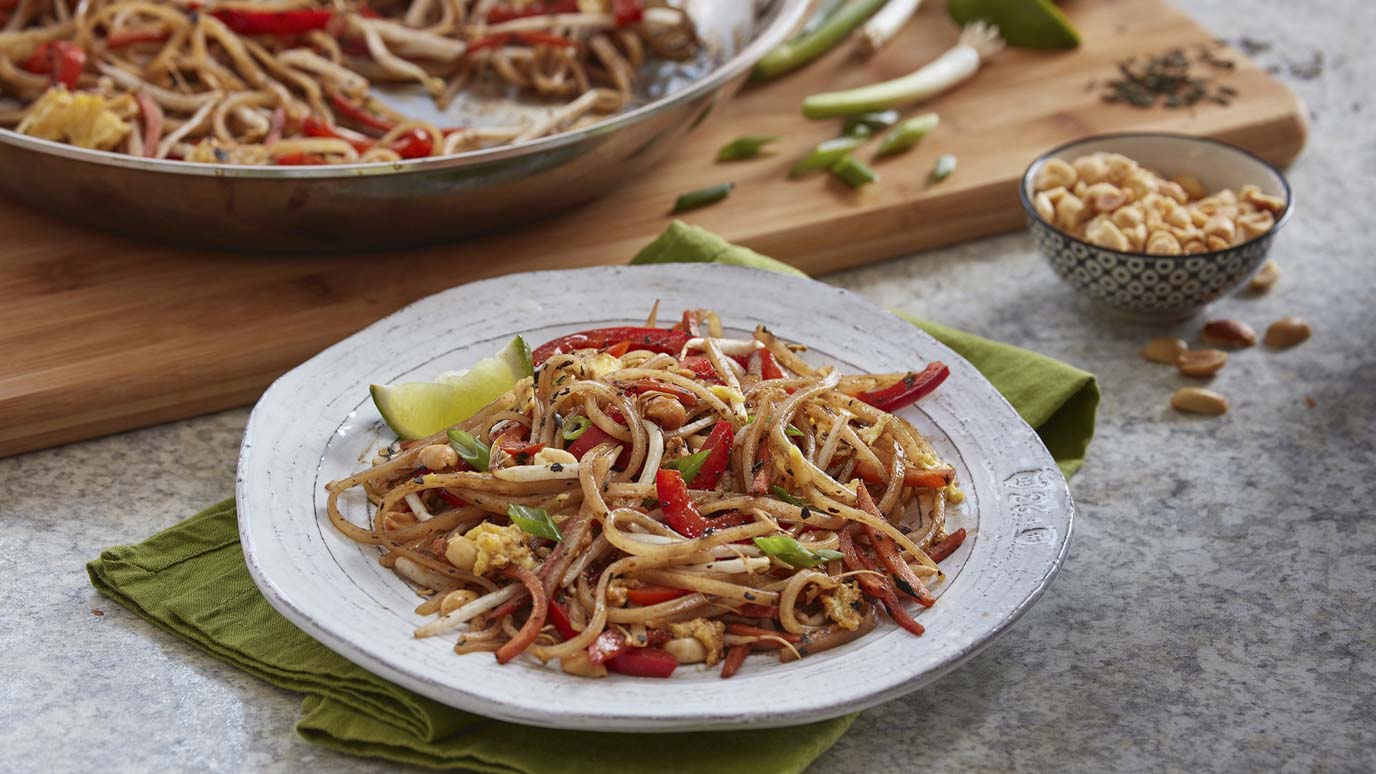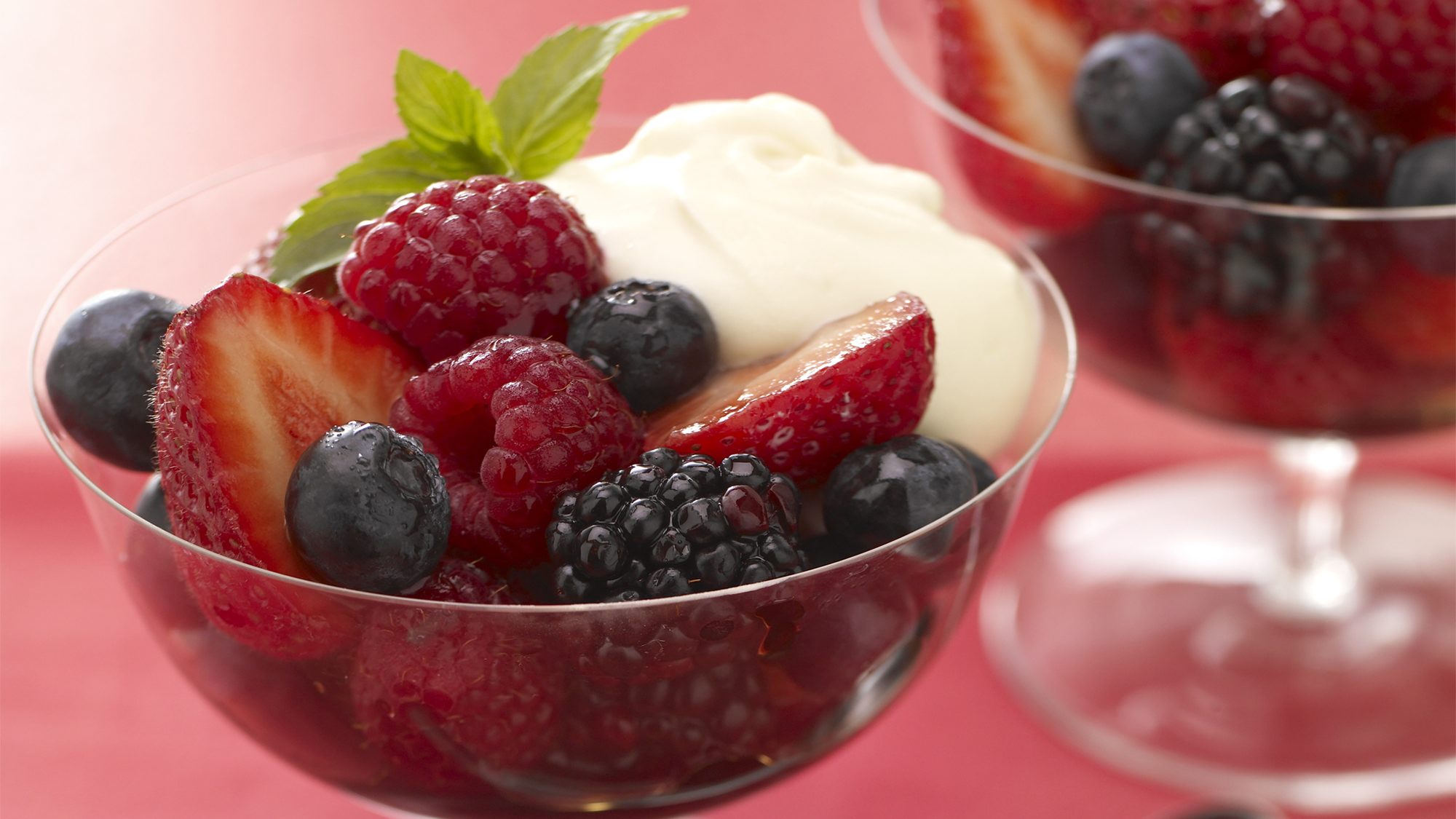WHAT IS THAI FOOD?
Once you get comfortable with the basic ingredients of Thai cooking, it's easy to cook and super rewarding.
THAI FLAVOR STORIES
- The Best Way to Make Thai Sticky Rice (No Fancy Basket Required)
- 5 Great Ways to Cook with Banana Leaves
- A Coconut Milk-Laced Beef Stew to Warm You Up in an Instant (Pot)
- 8 Tools Essential to Thai Cooking
- Flavor Story: Whole Black Pepper
THAI FLAVORS & THAI SPICE
Explore easy ways to use these essential Thai food ingredients, herbs and spices for delicious Thai flavor.
Ginger's spicy sweet flavor stands up to bold Thai flavors and is an important ingredient in curries, sauces, and stir fry's. Try McCormick Ground Ginger.
Cilantro leaves appear in cuisines around the world, from India, China and Thailand to the Middle East, to Mexico and South America. Try McCormick Cilantro Leaves.
Cooks in Mexico, Italy, China, Thailand, India and North Africa all rely on crushed red pepper to bring spicy heat to the table. Try McCormick Crushed Red Pepper.
The vibrant flavor of mint helps to cool the fiery flavors of Thai cooking and serves as a great counter to balance stronger flavors such as galangal, fish sauce, tamarind and lemongrass. Try McCormick Gourmet Organic Mint.
Garlic in Thai cooking serves as a foundational flavor that is an essential starter to many of the classic dishes found in this region. Try McCormick Garlic Powder.
Ground cumin plays an essential role in providing earthy, robust undertones and rounding out the flavors of jungle curry and fish dishes throughout Thailand. Try McCormick Ground Cumin.
Turmeric is a colorful addition to Thai marinades for chicken. Whether in curries, smoothies or soups, it reinforces the tropical appeal of coconut milk. Thai chicken or shrimp coconut soup, anyone? Try McCormick Ground Turmeric.
Coriander
Coriander is a common ingredient found in some of Thailand's best known curries including red curry, Panang curry and Massaman curry.
IS THAI FOOD SPICY?
While not all Thai cuisine is spicy, many Thai dishes feature a spicy flavor profile. Thai food comes with a reputation as being bold and fiery, primarily due to its use of chili peppers. These tiny — but mighty — peppers play an integral role in Thai cooking.
The Thai chili, known as “prik” in Thai, is the most frequently used. There are a variety of species of chili peppers, varying in intensity from mild to extremely hot. You can also find chilis in different forms, such as Thai chili paste (made from ground chilies and Thai spices) which is a concentrated form of heat used to enhance dishes like Thai curry with its complexity.
IS THAI FOOD GLUTEN FREE?
While not all Thai food is gluten free, there are plenty of gluten-free options within this culinary tradition thanks to popular ingredients like rice, herbs, meats and vegetables. Many Thai recipes include fragrant jasmine rice or rice noodles, which are fantastic alternatives to their wheat-based counterparts.
Favorite gluten-free Thai dishes include pad Thai (a rice noodle stir-fry), Thai curries (often featuring coconut milk and herbs atop rice), papaya salad, grilled satay skewers and tom yum soup (a sweet-and-sour soup). While most recipes are gluten-free or can be altered to be gluten-free friendly, double-check the ingredient list prior to preparing an at-home Thai recipe.
HOW LONG DO SPICES LAST?
While dried herbs and spices typically last for 1–2 years, there are some exceptions worth noting when it comes to the shelf life of spices. Maintain the freshness of your spices and herbs with these helpful storage tips.
MUST TRY THAI RECIPES
- Coconut Custard Baked in a Pumpkin
- Traditional Peanut Satay Sauce
- Thai Peanut Gravy
- Spicy Pork Noodle Soup
- Hot & Sour Prawn Soup
BEYOND THAI
Switch up some of the herbs and spices for a different take on your favorite dish.
Want to create a meal plan for your Thai recipes? Need help planning your weekly meals and want to try new recipes? Save your favorite food, dessert, drink recipes and organize your ingredients with McCormick Meal Planner.







